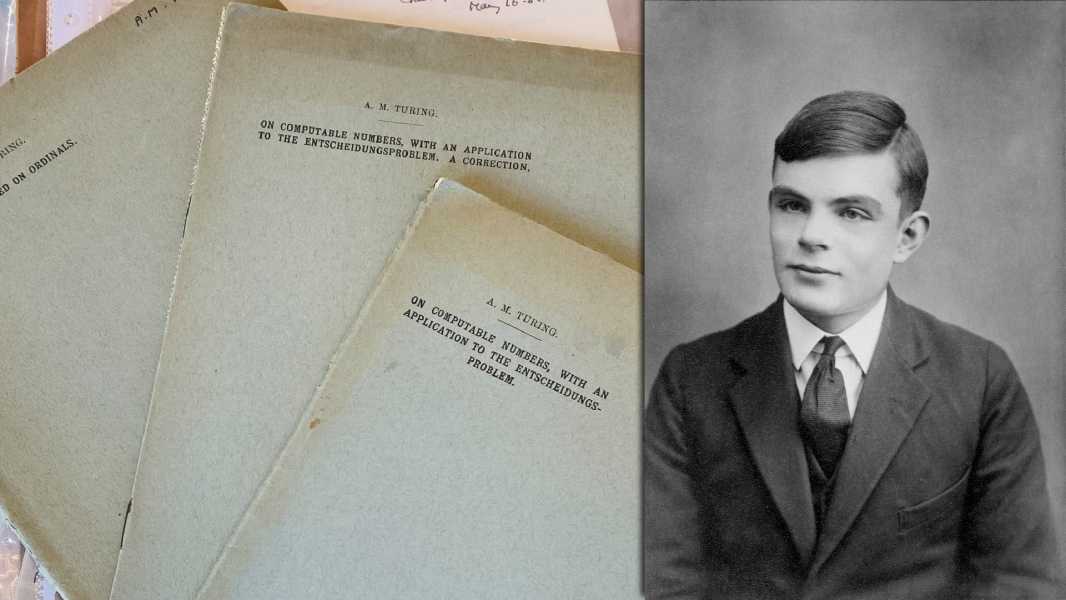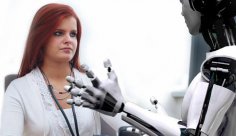
Several works by Alan Turing, including On Computable Numbers, will be auctioned in June. (Image credit: Rare Book Auctions; Photos from History via Getty Images)
A collection of Alan Turing's material, including his personal copy of his PhD thesis, will go to auction on June 17 after narrowly escaping destruction.
These papers were “offsets,” or copies of papers that were circulated in small groups within scientific circles. They include not only Turing's signed dissertation, but also “On Computable Numbers” from 1937, considered the first manual on programming, and “The Chemical Basis of Morphogenesis” from 1952, Turing's last significant published work.
Turing was a British mathematician, cryptographer and computer science pioneer. The newly discovered documents were given by his mother, Ethel Turing, to her son's friend, fellow mathematician Norman Rutledge, according to information from Rare Book Auctions, the company handling the sale.
You may like
- How Public Key Cryptography Actually Works Using Just Simple Math
- The “alien language” problem that has baffled mathematicians for decades may finally be close to being solved
- The 'assassination prediction' algorithms echo some of Stalin's worst policies – governments are taking a very dangerous path in pursuing them
After Norman died in 2013, one of his daughters hid the papers in her attic. When she moved into a nursing home nearly a decade later, one of her daughters discovered the papers and considered destroying them. But she asked the family and decided to have them appraised instead, taking them with her to a rare book auction in a plastic bag.
“Nothing could have prepared me for what I was about to find in this package,” said auction house director Jim Spencer.
The auction house is offering the papers for individual sale, with prices expected to fetch between 40,000 and 60,000 British pounds ($54,220 to $81,324) for a copy of On Computable Numbers, which introduced the concept of a “universal computing machine,” and a similar price for a signed dissertation.
“We even have Turing's first published paper from 1935, 'The Equivalence of Left and Right Almost Periodicity,' which is just one sheet of paper,” Spencer noted.
Sourse: www.livescience.com





